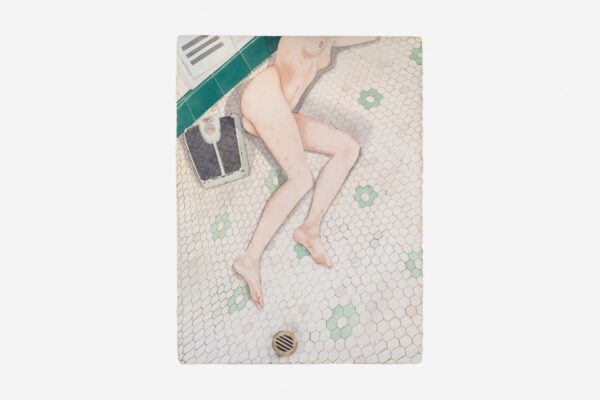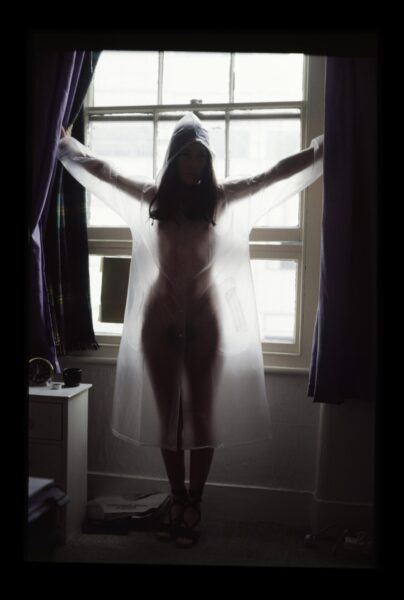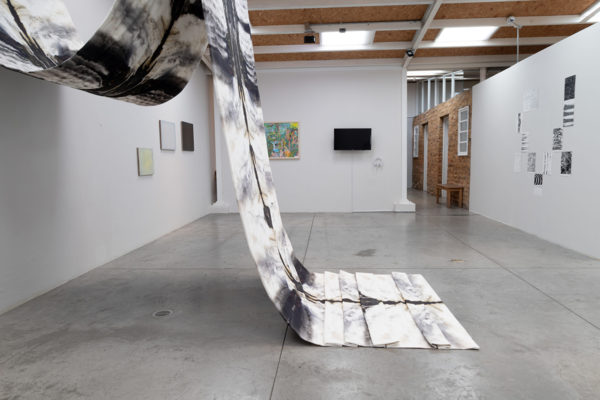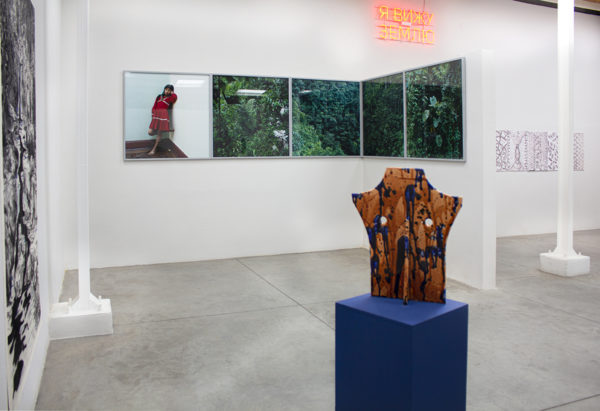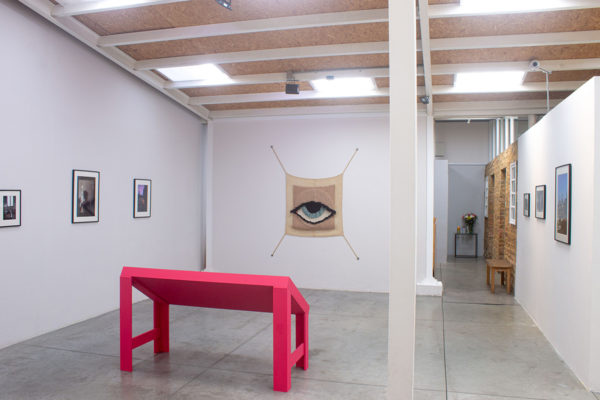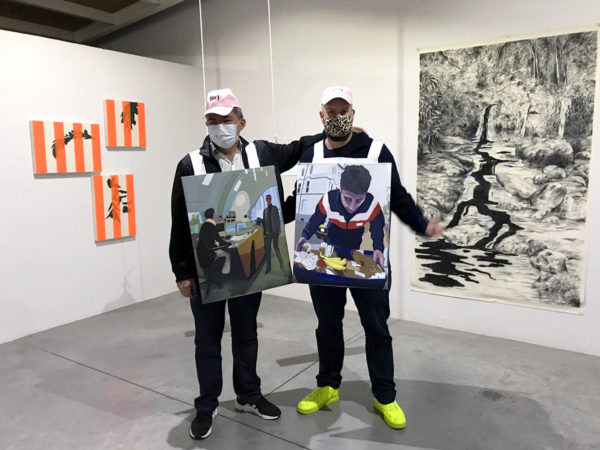
{ United States }
{ 1954 }
Karen Lamassonne
Born in New York and raised in a multicultural and multilingual environment, Lamassonne has lived and worked in the United States, Colombia, France, Germany and Italy. In her career as a painter she combines other artistic media such as film, video and photography.
She also works in design, theater and music. Her work is always autobiographical as Lamassonne illustrates her environment and emotions. Her creative impulse is a need to communicate sensations when faced with the natural beauty of life along with its experiences.
Always looking for the “surreal” in every day in the familiar, thus discovering concerns in the depths of the emotions in relation to memory, life and death, revealing a sentimental itinerary of dreams and desires.
( works )
( exhibitions )



